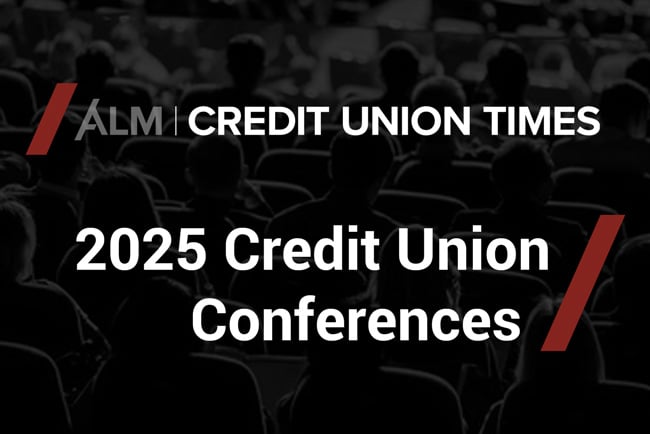 In a CU Times opinion piece, Jeff Rendel wrote, "Point your strategic thinking toward objectives that steer revenue." He also pointed out that credit union members are the biggest influence on the top line.
In a CU Times opinion piece, Jeff Rendel wrote, "Point your strategic thinking toward objectives that steer revenue." He also pointed out that credit union members are the biggest influence on the top line.
Therefore it follows that credit union management and boards must know as much about the membership as they do about themselves. Credit unions' product and service offerings are commodities, so credit unions must identify and promote their value adds, such as relationships, tools, program offerings and other types of support. But these must all align with objectives that generate a positive impact on the top line.
As Rendel wrote, "Strategy drives revenue and revenue, managed efficiently, sustains profits." He cited the objective of one credit union that I felt was really sharp because it recognizes the critical member while benefiting the credit union financially: "Double the value that our members receive as a result of their membership investment in their credit union." But it seems many credit unions balk at talk of revenue and sales and profits, which are at the heart of this. This particular credit union is increasing its ratio of loans approved-to-booked. Sounds like a winning measurement that factors both the members' and the credit unions' best interests, and by the very nature of a credit union, the increased revenues are reinvested in new technology and better pricing.
Recommended For You
The editor in me wants to get the story out, beat the competition, earn the trust of our readership, revenue be damned. We don't do it for the money — just one glance at a journalist's paycheck will demonstrate that. But news and information is a business, and the publisher in me ponders how we can create new value and new revenue streams without upsetting our audience constituency. Without audience, we are nothing, just like credit unions with their members. The way we're able to accomplish that is to pursue getting the story out first, beating the competition, earning the trust of our audience, every day.
Credit unions do the same with their members. The most critical part of that responsibility is ensuring the future financial security of the institution and that means revenue.
An opinion piece by Greg Wempe of BancVue, parent of the Kasasa rewards checking accounts, pointed out that credit union management is so focused on the cost of funds ratio that it doesn't look at the bigger picture of the cost of deposit. Rewards transaction accounts, he said, appear to have a 0.79% COF, but when factoring in requirements for these accounts such as eStatement adoption and increased interchange income, was actually a more than 2% profit margin.
Economists are getting bullish on lending now. CUNA economists are projecting a nearly 10% loan growth rate for 2014, the highest since 2005. New auto loans are leading the way as credit loosens and consumers getting rid of cars that they ordinarily wouldn't have kept so long but the economic crisis required it. Used auto loans are right up there, too.
Loan activity, however, is highly dependent on location and field of membership, as well as size and resources of the credit union. Dwight Johnston pointed out that credit unions must not be wary of jumping back in the lending game but the financial position of the membership is a major consideration. Some areas geographically, like California, or industry sectors, such as health care, are booming.
Still credit unions are offering loans at 1.74% and 1.99%, chasing the same A paper everyone else is. But with risk-based lending, credit unions in many areas and serving many different fields of membership could make more loans at a higher rate for lower credit scores while also giving a member the opportunity to repair their credit and their lives. Steer them away from alternative financing that is not in their best interest. Those A paper loans always have the means to go somewhere else, and often do, so consider shifting a part of your loan portfolio toward those with less opportunity.
CUNA's Steve Rick made an excellent analogy recently to CU Times: The U.S. legal system is set up to avoid hanging innocent people in favor of occasionally letting a guilty person go. A type 1 error—hanging an innocent—is judged to be worse than type 2, letting a few bad guys go. In lending, credit unions are making too many type 1 errors, or letting the good loans go, for fear of a type 2 error, or making a bad loan. The result is paralysis and missed opportunity, and that's certainly not very strategic.
Sarah Snell Cooke is publisher/editor in chief of CU Times. She can be reached at [email protected].
© Touchpoint Markets, All Rights Reserved. Request academic re-use from www.copyright.com. All other uses, submit a request to [email protected]. For more inforrmation visit Asset & Logo Licensing.






